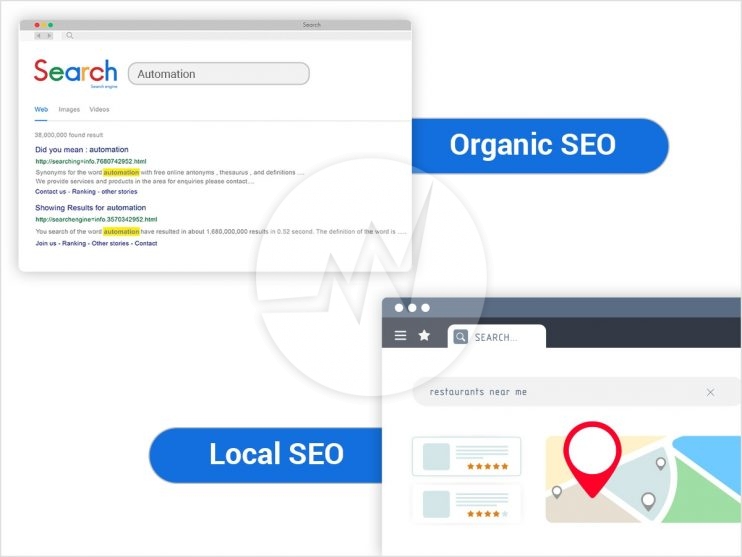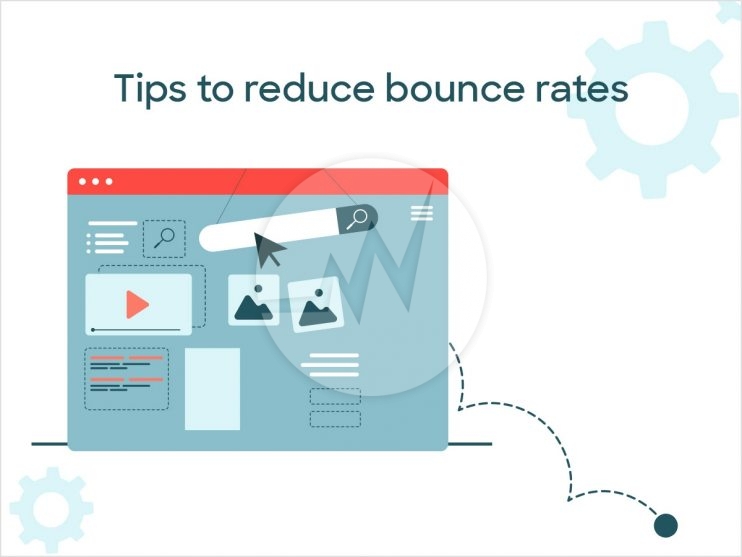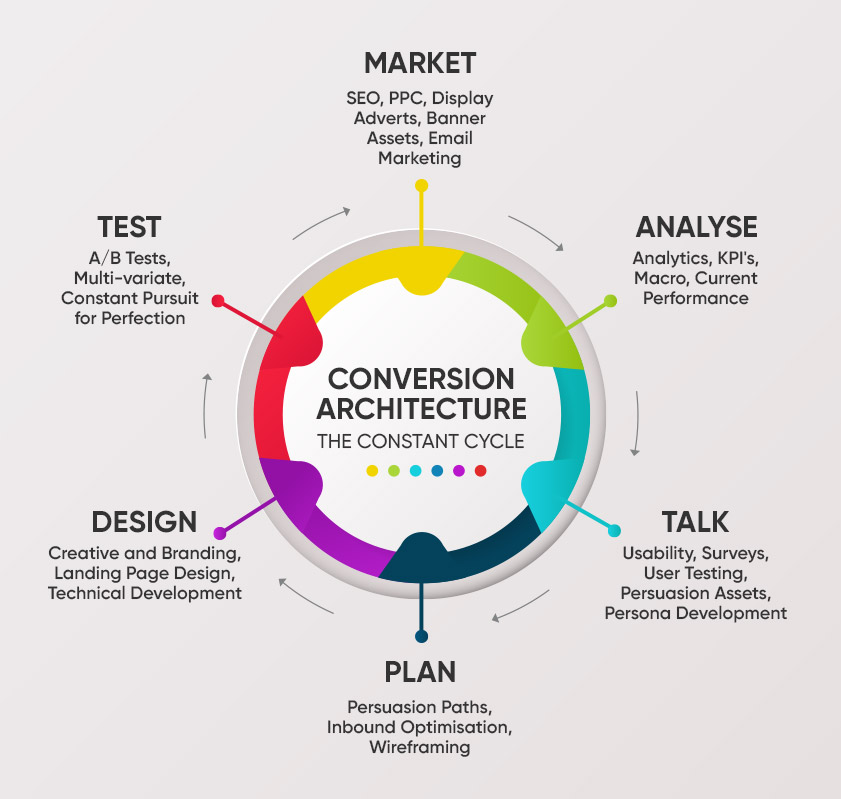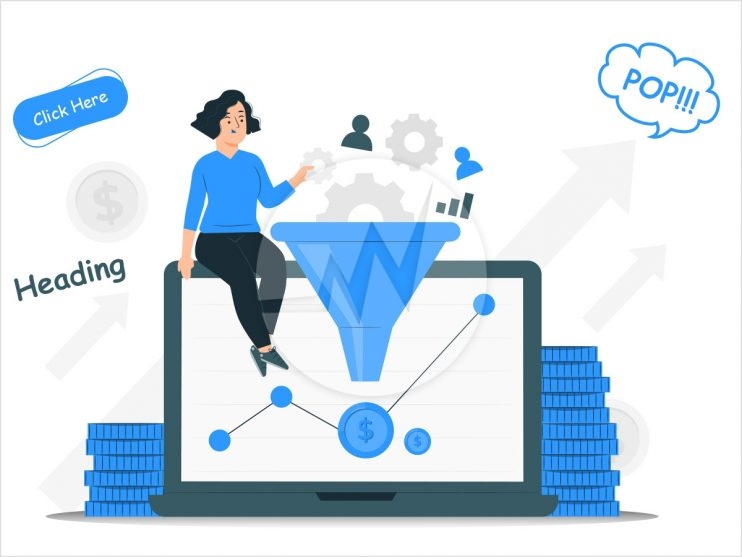Setting up B2B SEO strategies for your business in the right way!
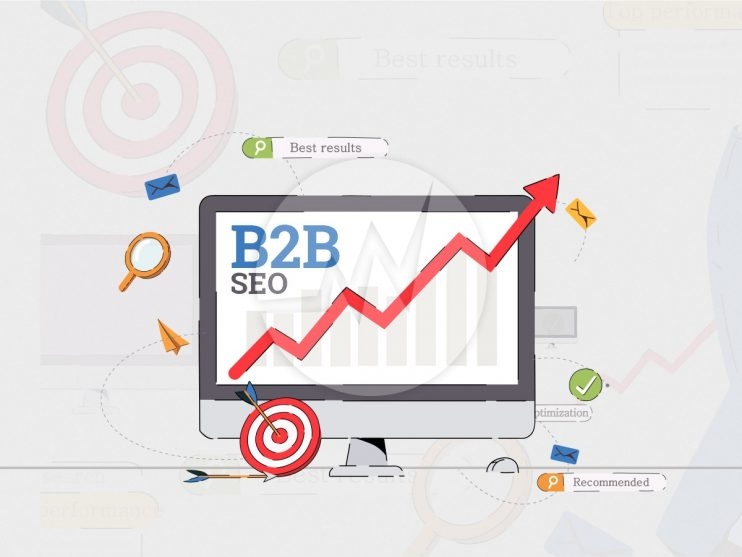
SEO campaigns play a similar role to every business and industry and that is boosting a website’s ranking in SERPs and driving organic traffic to it. But the success of these campaigns solely depends on your approaches to setting up the strategies and executing them.
Therefore, organizations must have different approaches to set up B2B SEO strategies as per modern business demands.
Do you know, what is B2B SEO?
It is a way of improving the SEO of your business website, thus the correct B2B users can find the right links in their search results. B2B SEO campaigns use the finest practices for keyword research, content creation, and technical optimization along with considering the unique buying journey of B2B customers.
B2B companies cannot overlook their SEO because the nature of business has changed with time. Now they need to focus on correct methods to set up SEO strategies to drive maximum revenue.
Let’s learn more about B2B SEO and how to set it up the right way.
Best practices for B2B SEO
Digitization has made it a little confusing for business owners to understand the difference between B2C and B2B SEO. Though B2B marketers must consider a few unique case situations to apply the SEO campaigns the right way.
On-Page SEO
Who is your target audience? You are dealing with business clients and their mindset is different from retail customers. Thus, they will not look at your content unless it is high-quality fact with authentication. you must make original helpful content that should be more valuable than your competitor’s content. You can do competitor SEO analysis to create great content than competitors.
For instance, you can post your high-performing SEO content into videos with a human touch instead of adding robotics voice or animations to explain the video.
We know that content marketing is a powerful tool in SEO and videos are the most robust out of any form of content. Videos such as brand storytelling, and customer case studies are some powerful ways to impress business clients.
Small and large B2B firms have a different way of approaches. A small-scale firm can add a personal touch to its services and its founders can directly interact with business clients which is not the case with large organizations. There are many B2B ecommerce solution strategies available.
Off-Page SEO Strategy
Link building is an important and popular off-page SEO strategy. Some industry associations can be a huge help in link building. Other than that, if your blogs or content are of top-notch quality, it will help you get powerful links as well.
Customer reviews is another effective off-page strategy. And avoid applying black hat SEO strategies, it will take your business nowhere.
B2B Local SEO
The local market is more influenced by B2C business and their local SEO and marketing strategies. However, there are opportunities for B2B as well to acquire local SEO and leverage the customers. B2B companies can combine local SEO with such content that can attract local customers for better outreach. Moreover, B2B marketers must focus on keyword research and find out precise keywords to make content strategy powerful for the local market.
Technical SEO
Each facet of SEO is equally important for B2B SEO strategy, technical SEO is no different. Page load time, broken links, and site navigation error fixing are a few notable and sensitive issues that must get resolved.
B2B customers are more likely to be interested in your desktop site rather than the mobile version. Yet, the site must be mobile optimized as well. Since technical SEO is a complex task, a professional SEO provider can help you with the most precise solutions.
How B2B SEO is different from B2C SEO?
The first and most significant difference is the audience. B2B SEO strategies target a narrower segment of the audience but B2C has a vast audience segment to target. They both have an audience with different mindsets and discrete buying behaviour.
B2B SEO keywords are more technical
B2B customers have varied reasons for purchase as compared to B2C customers. When B2C needs to focus on branding, costing, and product’s look and feel, B2B buyers do not pay attention to these things. They buy to solve business problems. B2B buyers look for such products that meet their business needs and the keywords used in B2B and B2C reflect this key difference.
B2B keywords are highly technical and industry specific whereas B2C keywords are generic with words like best, newest, cheap, etc.
B2B sales cycles are more complex
The B2B sales cycles are more complex and longer than B2C. B2B purchase involves different stakeholders of business from distinct departments. There are logical decisions and problem-solving contemplations. Hence the sales cycle becomes longer and more complex.
On the other hand, B2C customers make purchases for themselves, thus the sales cycle is shorter.
B2B content is made to educate customers
B2B SEO content helps prospective customers to advance their purchasing decision. The content assists in clearing their anticipating questions and offering in-depth and exact solutions. Mostly white papers, case studies, eBooks, etc. are the content created for B2B customers.
B2C SEO focuses on brand awareness, loyalty, and building relationships. Content here is designed to engage and entertain customers such as blog posts, videos, tips, quizzes, etc.
Wrapping up
If your B2B SEO campaigns are robust enough to reach your target audience, they can be a turning point for your business. If the right strategies are applied, your business website will appear for the keywords your B2B buyers are using, and the content will help them to make their decision of buying your products.
Though B2B SEO is a significant investment of time, businesses must focus on it to increase their visibility in search engines. B2B SEO offers an innovative approach to established businesses to boost their revenue and overall growth. And for new companies, it is an assistance to outshine their competitors and grow exponentially.
Setting up the right B2B SEO strategies for your business may be tricky but once it is done, your business will experience an amazing upsurge in conversions. Though the SEO needs regular efforts. Thus, hire SEO team from Skynet Technologies to set up your B2B SEO and maintain it continuously! Contact hello@skynetindia.info and to know more about SEO services or fill out form below to request a quote.




